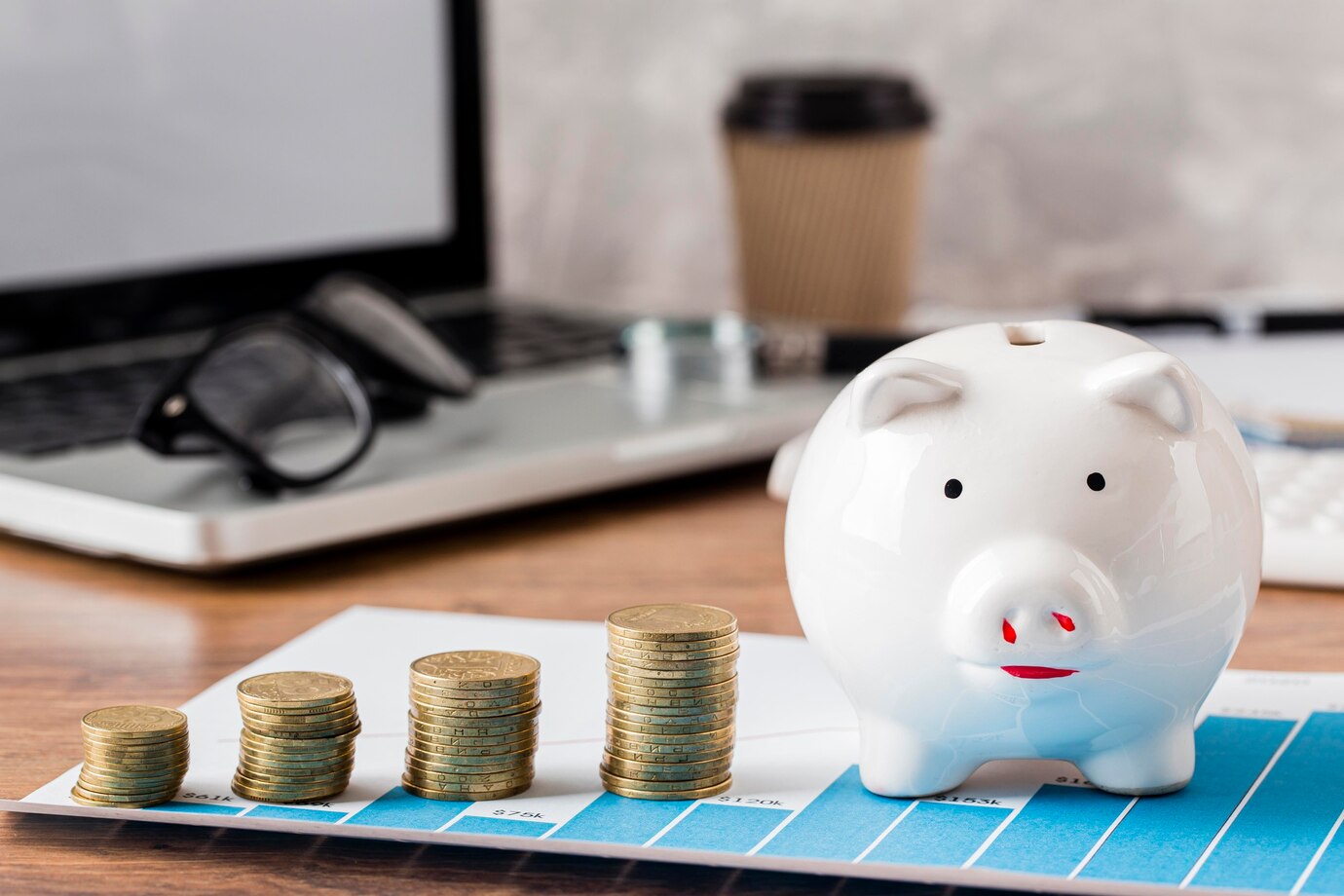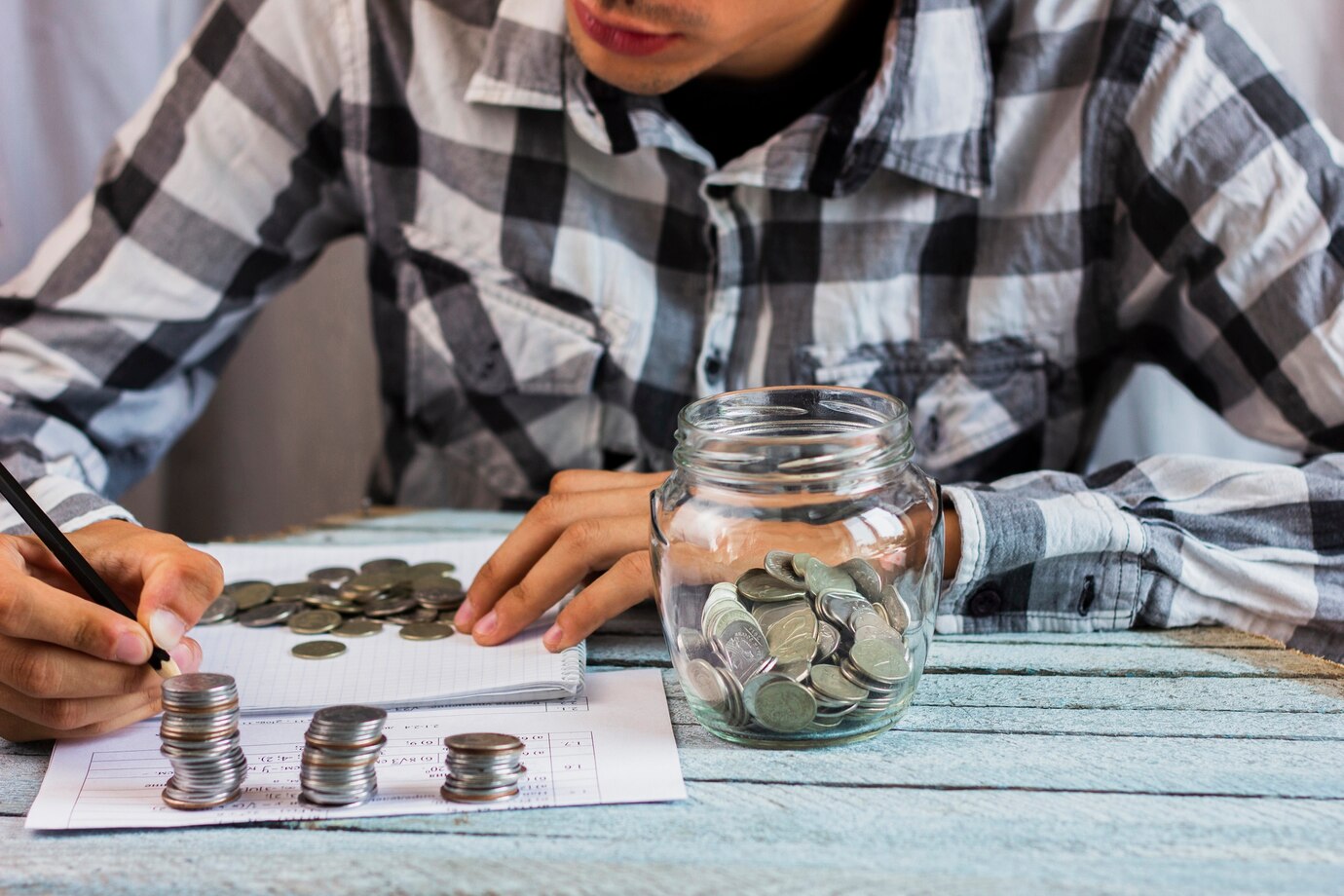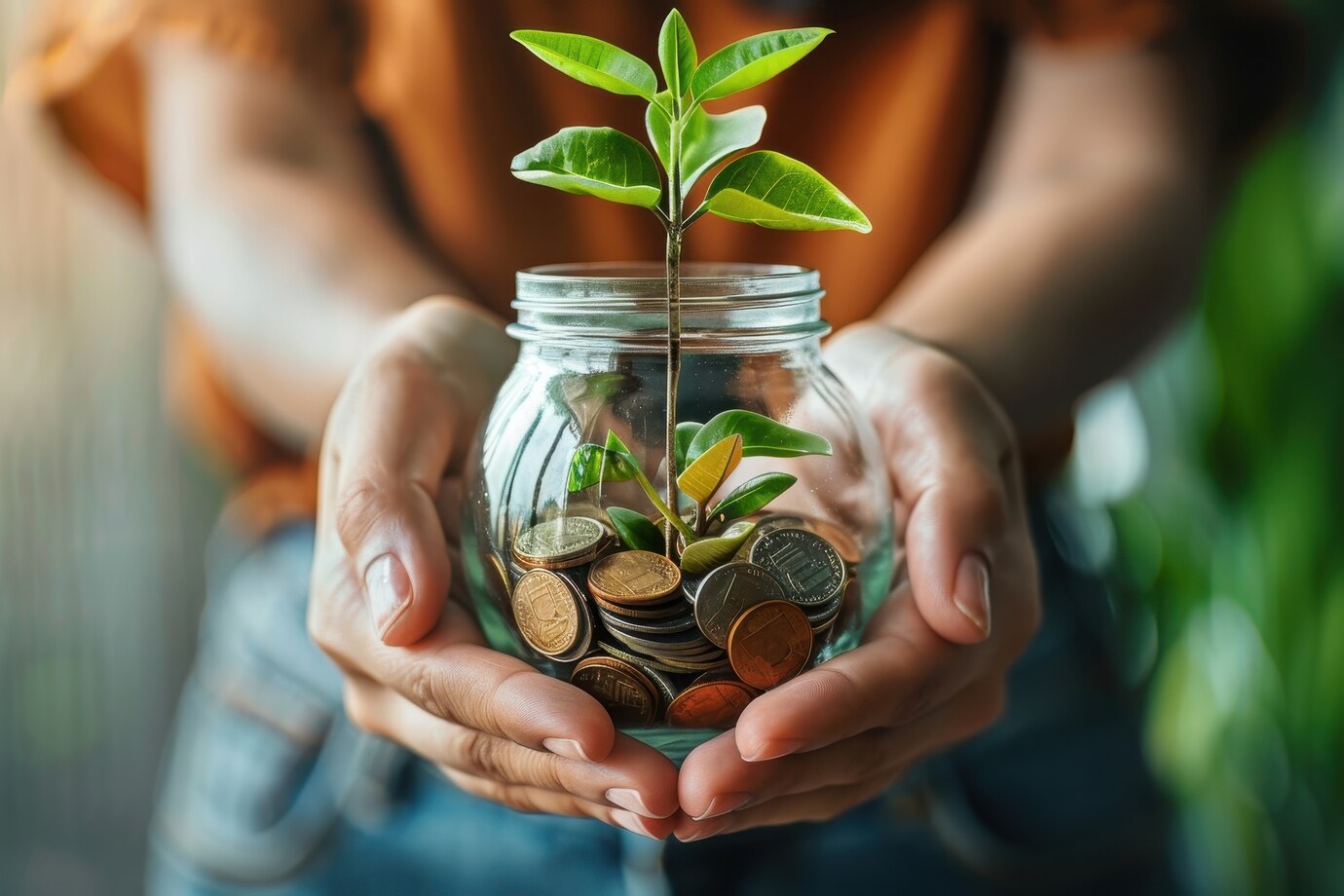
How to Build an Emergency Fund in 6 Months
An emergency fund is a financial safety net that protects you from unexpected expenses. Whether facing medical bills, car repairs, or job loss, having savings in place provides security and peace of mind. Without an emergency fund, unexpected costs can force you to rely on credit cards or loans, leading to debt and financial stress. This guide outlines actionable steps to build an emergency fund in just six months, ensuring financial stability and preparedness.
Why an Emergency Fund Is Essential

A solid emergency fund is crucial for maintaining financial security. Here’s why having one is essential:
- Protects Against Unexpected Financial Shocks – Life is unpredictable, and unexpected expenses can arise at any time. An emergency fund ensures you have money available to cover sudden costs without disrupting your budget.
- Reduces Reliance on Credit Cards and Loans – Without an emergency fund, many turn to high-interest credit cards or personal loans in times of need. Having savings helps you avoid accumulating debt.
- Helps Maintain Financial Stability During Crises – Job loss, medical emergencies, and major home repairs can strain your finances. A well-funded emergency account provides a safety cushion during difficult times.
Steps to Build an Emergency Fund in 6 Months
Find out the steps that you can take to build your emergency fund within 6 months. Save money fast using these tips and tricks and build up solid financial security:
1. Set a Clear Savings Goal
Calculating How Much You Need to Save
The first step in building an emergency fund is determining how much you need. Experts recommend saving at least three to six months’ worth of essential expenses, including rent, utilities, groceries, and insurance. If your monthly expenses total $3,000, aim for at least $9,000 to $18,000 in savings.
Breaking Down the Goal into Monthly Savings Targets
Once you have a target amount, divide it into manageable monthly savings goals. For example, if you need $6,000 in six months, you must save $1,000 per month or around $250 per week. Having a clear target makes it easier to track progress and stay motivated.
2. Cut Unnecessary Expenses
Identifying Non-Essential Spending
One of the quickest ways to boost savings is by cutting non-essential expenses. Review your spending habits and identify areas where you can make reductions. Common areas to cut back include:
- Dining out and takeaways
- Subscriptions and streaming services
- Unused gym memberships
- Impulse shopping
Redirecting Savings into Your Emergency Fund
Once you identify areas to reduce spending, redirect those funds into your emergency account. If you usually spend $200 per month on eating out, cutting back to $50 frees up $150 for savings. Small changes can add up quickly and accelerate your savings plan.
3. Automate Your Savings
Setting Up Automatic Transfers
Automating your savings ensures consistency and removes the temptation to spend extra money. Set up an automatic transfer from your checking account to a dedicated emergency fund each payday. Treating savings like a fixed expense makes it easier to reach your goal.
Using High-Yield Savings Accounts
Consider keeping your emergency fund in a high-yield savings account. These accounts offer higher interest rates than traditional savings accounts, allowing your money to grow over time. Look for accounts with minimal fees and easy access to funds when needed.
4. Boost Your Income
Side Hustles and Freelance Work
Increasing your income is a powerful way to fast-track your emergency savings. Consider taking on a side hustle, such as:
- Freelancing (writing, graphic design, programming)
- Ride-sharing or food delivery services
- Selling handmade crafts online
- Pet sitting or babysitting
Even an extra $500 per month from side gigs can significantly accelerate your savings progress.
Selling Unused Items for Extra Cash
Decluttering your home and selling unused items can provide quick cash to boost your emergency fund. Sell items like:
- Old electronics and gadgets
- Clothes and accessories
- Furniture and home decor
- Books and collectibles
Platforms like eBay, Facebook Marketplace, and Craigslist make it easy to sell items locally or online.
5. Avoid Dipping into the Fund
Defining What Qualifies as an Emergency
To maintain the integrity of your emergency fund, define clear rules for when you can use it. True emergencies include:
- Job loss or unexpected income reduction
- Major car repairs needed for transportation
- Unforeseen medical expenses
- Essential home repairs (e.g., plumbing, electricity issues)
Non-essential expenses, such as vacations or shopping, should not be funded by emergency savings.
Keeping Savings in a Separate Account
Keeping your emergency fund in a separate account from your everyday spending helps reduce the temptation to dip into it. Avoid linking it to your debit card and limit easy transfers to ensure the money is preserved for real emergencies.
Additional Tips for Fast Savings

Get some additional tips on saving your money and managing your finances:
Reduce Fixed Expenses
Lowering fixed monthly expenses can free up more money for savings. Strategies include:
- Refinancing loans to secure lower interest rates
- Negotiating bills for internet, phone, and insurance
- Moving to a cheaper living arrangement, if possible
Use Windfalls Wisely
Any unexpected money, such as tax refunds, bonuses, or cash gifts, should be directed toward your emergency fund rather than spent impulsively.
Participate in Savings Challenges
Savings challenges can make reaching your goal fun and add an element of accountability. Try:
- The No-Spend Challenge: Take a break from unnecessary purchases for a predetermined period of time.
- The 52-week challenge: Week one, save $1, week two, $2, up to week 52.
- The Round-Up Method: Every time you spend money, round up to the nearest dollar and put the difference aside.
Meal Planning to Reduce Food Costs
While food can represent a significant portion of your budget, methodical meal planning can trim those expenses.
- Try meal prepping ahead of time so you’re less likely to resort to last-minute takeout orders.
- Take advantage of discounts, and buy in bulk to save money.
- Avoid eating out and try home-cooked meals.
- Eat food waste by saving leftovers and freezing meals.
Carpooling and Cutting Transportation Costs
Transportation can be yet another major cost, but small shifts can yield big savings.
- Whenever possible, take public transport to avoid paying for fuel and parking fees.
- Save money for travel by carpooling with your friends and family.
- Walking or biking helps you save gas and stay in shape for short distances.
Key Takeaways for Building an Emergency Fund Quickly

Building an emergency fund requires discipline, consistency, smart financial choices, and proper budgeting. By setting clear savings goals, cutting unnecessary expenses, automating savings, and finding ways to increase income, you can establish a strong financial safety net and save your money fast in just six months. Start today, commit to your savings plan, and enjoy the peace of mind that comes with financial security.